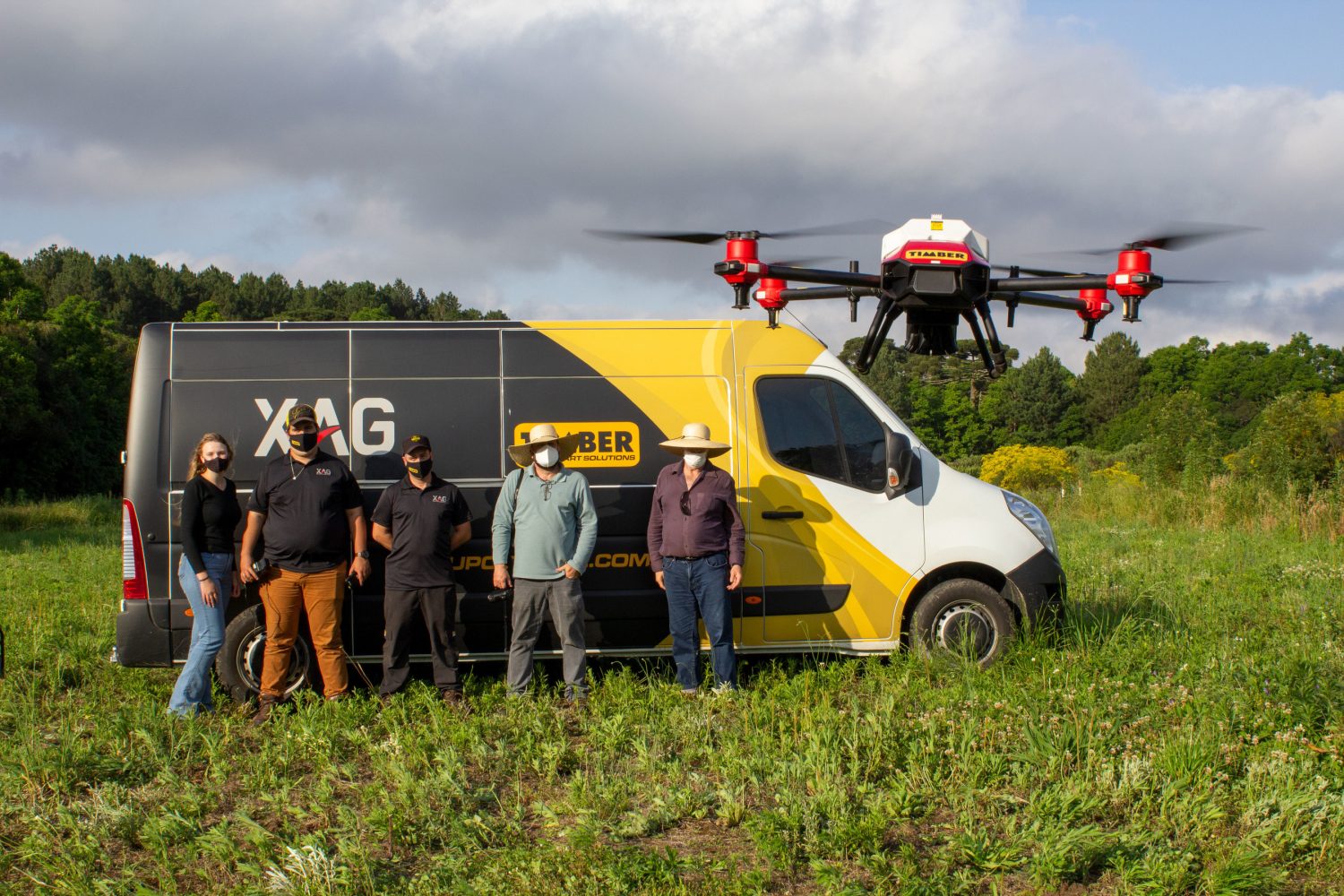
With the world’s second-largest forest area, Brazil is among one of the countries that has pledged to end and reverse deforestation by 2030. But since humans planting trees is a slow process that cannot meet our urgent climate goals, the South American nation is now experimenting with drones to spawn native tree species.
A forest restoration project using XAG agricultural drones has been initiated in Brazil to help demonstrate the effectiveness of drones in boosting forest growth. It is hoped that the Arboreto Project, which is being carried out by Brazil’s oldest university, the Federal University of Paraná (UFPR), will pave the way for autonomous technology being leveraged in large-scale tree-planting efforts.
During field experiments, different amounts of seeds were weighed and sorted into a smart container onboard the drone. Once the pilot entered all the operation parameters – such as waypoints, flight speed, and spray volume – into a mobile app, XAG agricultural drones with spreading attachments ran along the target lines, evenly distributing seeds from different forest species native to the region.
Also read: XAG unveils 2022 autonomous drone lineup
Compared to planting trees by manual labor, fully autonomous drones can improve the productivity of the restoration work significantly – especially in terrains that are difficult to access. With deforestation becoming a global crisis that can undermine the climate target and threaten food security, drone seeding applications can be explored to make forest replanting easier, faster, and more cost-effective than ever.
Now that the first seeds of hope have been planted, the project managers will keep a tight check on the germination rate and tree growth per row, in addition to understanding the most suitable seed mixture for drone application.
In the meantime, UFPR is also conducting another experiment with XAG drones, focusing on fertilization and pest control for plantations of commercial tree species.
As professor Alessandro Camargo Angelo sums up:
We know how difficult it is to carry out work like this one to plant native trees. So, when we can count on a technology that has control and that we can manage to define rigor, this is welcomed.
Read more: Taking drone remote sensing from ‘imprecise’ NDVI to accurate leaf-level identification
FTC: We use income earning auto affiliate links. More.




Comments